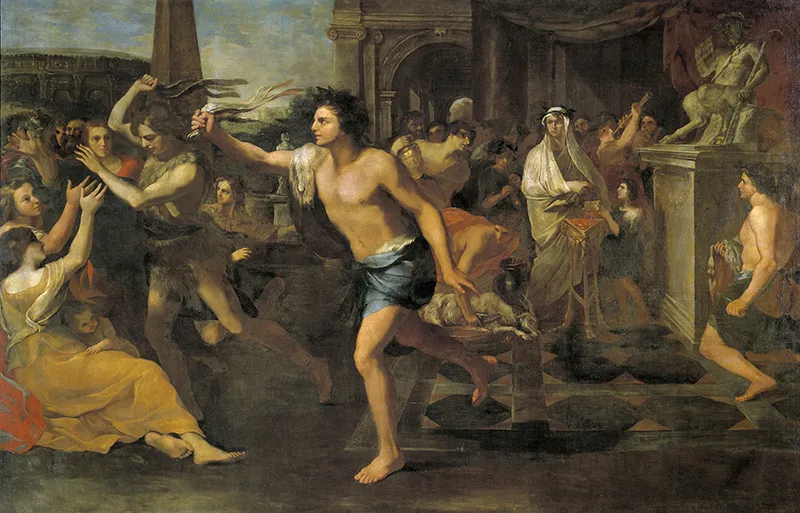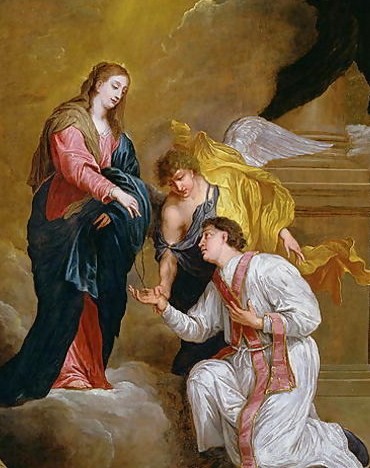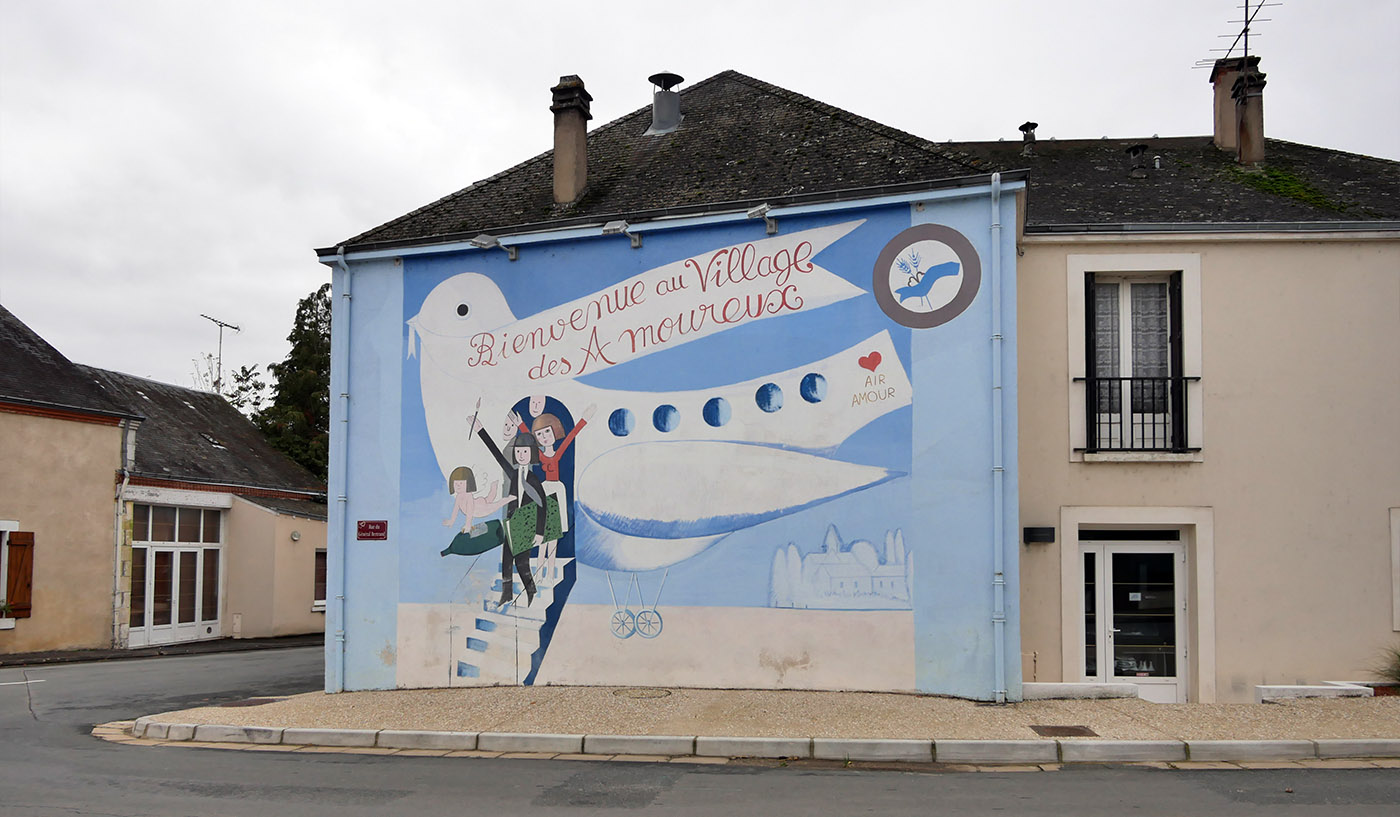Valentine’s Day, the day of lovers celebrated every 14 February, has a rich and fascinating history that has its origins in Roman antiquity and Christian tradition. But how did this day become the universal symbol of love? Let’s discover the history of Valentine’s Day together.
The ancient origins of Valentine’s Day
One of the earliest historical traces of this festival dates back to the Lupercales, a pagan festival celebrated in ancient Rome around 15 February. This event honoured Faunus, the god of fertility, and included rituals designed to ensure prosperity and fertility. Animal sacrifices were performed and men whipped women’s bellies with leather thongs to make them fertile…

With the Christianisation of the Roman Empire, the Church sought to replace this festival, deemed unsavoury, with a Christian celebration. So it was that in the 5th century, Pope Gelasius officially instituted Valentine’s Day on 14 February, the eve of the Lupercalia, to celebrate spiritual love.
Who was Saint Valentine?
Several historical figures are associated with Saint Valentine, but the most famous is Valentine of Terni. This priest is said to have lived in the 3rd century during the reign of Emperor Claudius II. Legend has it that he celebrated Christian marriages in secret, in defiance of the imperial ban, which believed that unmarried soldiers were more effective in battle. Arrested and imprisoned, Valentin was executed on 14 February between 270 and 280 (the year of his death is uncertain).

Valentine’s Day in the Middle Ages: the birth of a romantic festival
Valentine’s Day began to be associated with courtly love in the Middle Ages. Indeed, in England and France, it was believed that 14 February marked the start of the bird mating season. This belief inspired medieval poets such as Geoffrey Chaucer, who mentioned Valentine’s Day in his poem Parliament of Birds.
The tradition of the ” Valentinage ” also appeared at this time, when young girls were paired up with a young man for a day and offered each other gifts or poems.
Charles d’Orléans: the first to send a card to his beloved for Valentine’s Day
In 1415, during the Battle of Azincourt, Charles d’Orléans (father of the future Louis XII) was taken prisoner and remained captive in England for 25 years. This great poet is said to have written a poem on Valentine’s Day for his wife Bonne d’Armagnac, who had remained in France. This episode is said to have been the starting point for the tradition of sending greetings cards on Valentine’s Day.
Valentine’s Day in modern times
In the 19th century, the tradition of exchanging sweet notes spread thanks to the rise of printing, giving rise to the first Valentine’s Day cards. With the industrial revolution, the commercialisation of this celebration accelerated, particularly in the United States, where cards and gifts became a veritable cultural phenomenon.
Valentine’s Day today
Today, Valentine’s Day is celebrated all over the world, althoughtraditions vary from culture to culture. While some countries favour the exchange of cards and chocolates, others, such as Japan, distinguish Valentine’s Day (when women give chocolates) from White Day, a month later, when men give gifts in return.
Having become totally pagan, this festival was removed from the Christian calendar by Pope Paul VI in 1969.
Where is the best place to celebrate Valentine’s Day?
If there’s one place that’s perfect for this celebration, it’s the village of… Saint-Valentin, in France! It’s thanks to its atypical name and by riding the wave of love that this village in Berry has managed to make a name for itself. Here you’ll find the Parc des Amoureux and a post office where you can leave your love notes.

But the pride of the village is above all the 14 Février : a Michelin-starred gourmet restaurant run by a Japanese team that blends French and Japanese flavours.
Happy lovers’ day!





No Comments
Leave a comment Cancel